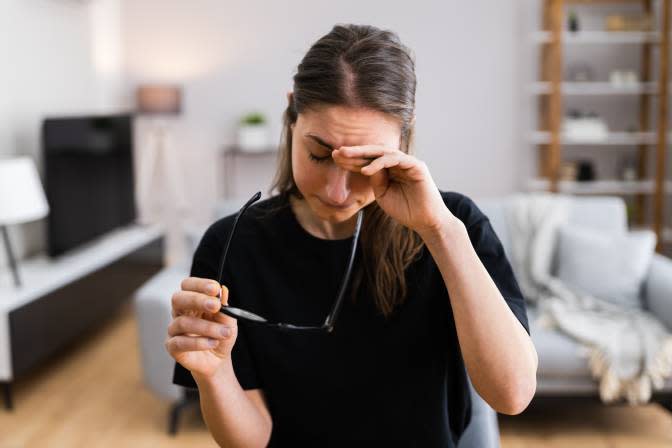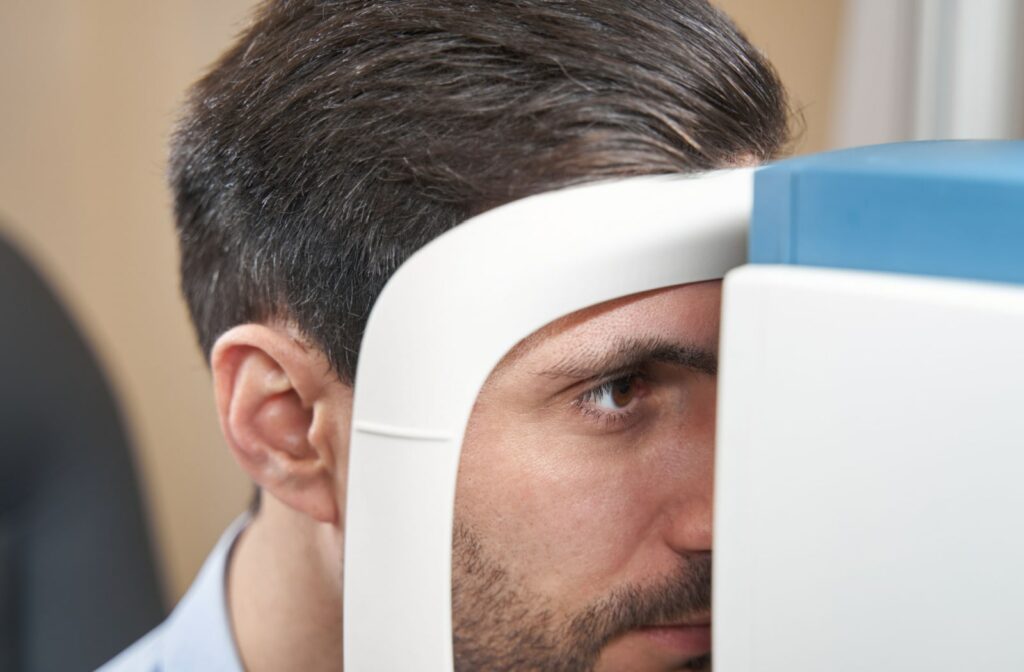All Categories
Featured
Low vision, a condition where standard glasses, contact lenses, or surgery can not fully restore view, can make day-to-day activities challenging. Low vision rehabilitation offers an array of sources to help people preserve their independence and high quality of life. This short article explores the choices readily available for those looking for assistance in managing their visual disabilities.
What Is Low Vision Rehab?
Low vision recovery is a structured method to help individuals optimize their continuing to be vision and adjust to new means of doing everyday jobs. Experts function with individuals to develop tailored approaches, integrating devices, methods, and training programs that fit their distinct demands.
![]()
Trick Options for Reduced Vision Rehab
Vision Enhancing Instruments
Optical Aids: Instruments like magnifiers, telescopic glasses, and special analysis lenses can improve clearness for analysis, composing, and other close-up activities.
Digital Aesthetic Help: Devices such as digital magnifiers and mobile video clip magnifiers provide flexible zoom capacities for numerous jobs.
Wearable Technology: Smart glasses outfitted with electronic cameras and voice responses offer sophisticated options for enhancing vision.
![]()
Assistive Innovation
Screen viewers, text-to-speech applications, and gadgets with voice commands make modern technology easily accessible for individuals with low vision.
Smart device applications, such as navigating help and object recognition devices, help customers engage with their surroundings much more successfully.
Educating and Therapy
Positioning and Flexibility Training: Experts educate abilities for navigating spaces safely, including using white canes or guide pet dogs.
Daily Living Abilities Training: Recovery programs give methods for cooking, cleansing, and individual treatment, making certain that people can perform essential tasks independently.
Aesthetic Abilities Educating: Exercises designed to enhance using staying outer vision can improve visual functionality.
Ecological Adaptations
Changes to living or work areas can substantially boost ease of access. Examples consist of:
Setting up brighter lighting.
Including high-contrast markings to devices.
Arranging furnishings to create clear paths.
Assistance Networks
Emotional and mental support is an important part of rehabilitation. Assistance groups, therapy sessions, and therapy solutions can assist people deal with the obstacles of vision loss.
![]()
Peer networks link people with similar experiences, cultivating a sense of neighborhood and shared knowing.
Just How to Gain Access To Low Vision Rehab Provider
Reduced vision rehab solutions are frequently supplied by:
Reduced Vision Clinics: Operated by eye doctors and ophthalmologists specializing in vision disabilities.
Work-related Specialists: Professionals in adapting environments and tasks to fit private requirements.
Not-for-profit Organizations: Teams such as the American Structure for the Blind (AFB) or local blindness support organizations supply useful resources and referrals.
Conclusion
Reduced vision recovery supplies a range of resources tailored to enhance functionality, increase self-confidence, and boost top quality of life. If you or an enjoyed one is dealing with the obstacles of low vision, take into consideration reaching out to an expert or rehabilitation center to check out the lots of alternatives available.
What Is Low Vision Rehab?
Low vision recovery is a structured method to help individuals optimize their continuing to be vision and adjust to new means of doing everyday jobs. Experts function with individuals to develop tailored approaches, integrating devices, methods, and training programs that fit their distinct demands.

Trick Options for Reduced Vision Rehab
Vision Enhancing Instruments
Optical Aids: Instruments like magnifiers, telescopic glasses, and special analysis lenses can improve clearness for analysis, composing, and other close-up activities.
Digital Aesthetic Help: Devices such as digital magnifiers and mobile video clip magnifiers provide flexible zoom capacities for numerous jobs.
Wearable Technology: Smart glasses outfitted with electronic cameras and voice responses offer sophisticated options for enhancing vision.

Assistive Innovation
Screen viewers, text-to-speech applications, and gadgets with voice commands make modern technology easily accessible for individuals with low vision.
Smart device applications, such as navigating help and object recognition devices, help customers engage with their surroundings much more successfully.
Educating and Therapy
Positioning and Flexibility Training: Experts educate abilities for navigating spaces safely, including using white canes or guide pet dogs.
Daily Living Abilities Training: Recovery programs give methods for cooking, cleansing, and individual treatment, making certain that people can perform essential tasks independently.
Aesthetic Abilities Educating: Exercises designed to enhance using staying outer vision can improve visual functionality.
Ecological Adaptations
Changes to living or work areas can substantially boost ease of access. Examples consist of:
Setting up brighter lighting.
Including high-contrast markings to devices.
Arranging furnishings to create clear paths.
Assistance Networks
Emotional and mental support is an important part of rehabilitation. Assistance groups, therapy sessions, and therapy solutions can assist people deal with the obstacles of vision loss.

Peer networks link people with similar experiences, cultivating a sense of neighborhood and shared knowing.
Just How to Gain Access To Low Vision Rehab Provider
Reduced vision rehab solutions are frequently supplied by:
Reduced Vision Clinics: Operated by eye doctors and ophthalmologists specializing in vision disabilities.
Work-related Specialists: Professionals in adapting environments and tasks to fit private requirements.
Not-for-profit Organizations: Teams such as the American Structure for the Blind (AFB) or local blindness support organizations supply useful resources and referrals.
Conclusion
Reduced vision recovery supplies a range of resources tailored to enhance functionality, increase self-confidence, and boost top quality of life. If you or an enjoyed one is dealing with the obstacles of low vision, take into consideration reaching out to an expert or rehabilitation center to check out the lots of alternatives available.
Latest Posts
Maximizing Your WyHy Checking Account
Published Apr 18, 25
1 min read
Courtside Treat Shack: Quick Bites for Sports Fanatics
Published Apr 18, 25
1 min read
NAPA AutoCare: Reliable Repairs Supported by the NAPA Network
Published Apr 18, 25
2 min read